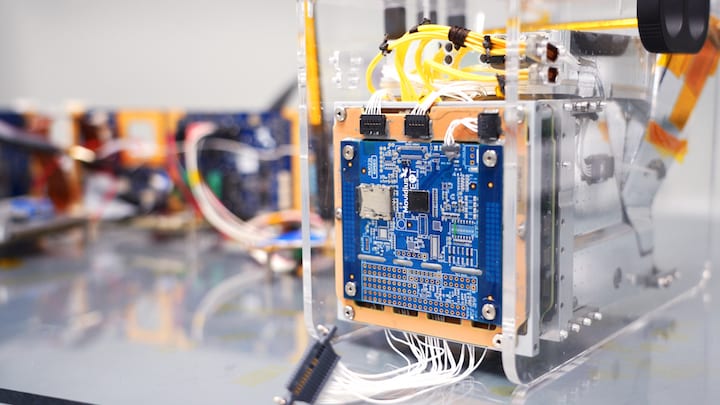Latest News

PhiSat-1 contains a new hyperspectral-thermal camera and onboard AI processing from Intel’s Movidius Myriad 2 Vision Processing Unit chip. Photo: Intel
Intel detailed on Tuesday its contribution to PhiSat-1, a new tiny small satellite that was launched into sun-synchronous orbit on September 2. PhiSat-1 has a new kind of hyperspectral-thermal camera on board, and also includes a Movidius Myriad 2 Vision Processing Unit. That VPU is found in a number of consumer devices on Earth, but this is its first trip to space — and the first time it’ll be handling large amounts of local data, saving researchers back on Earth precious time and satellite downlink bandwidth.
Specifically, the AI on board the PhiSat-1 will be handling automatic identification of cloud cover — images where the Earth is obscured in terms of what the scientists studying the data actually want to see. Getting rid of these images before they’re even transmitted means that the satellite can actually realize a bandwidth savings of up to 30%, which means more useful data is transmitted to Earth when it is in range of ground stations for transmission.
Get the latest Via Satellite news!
Subscribe Now